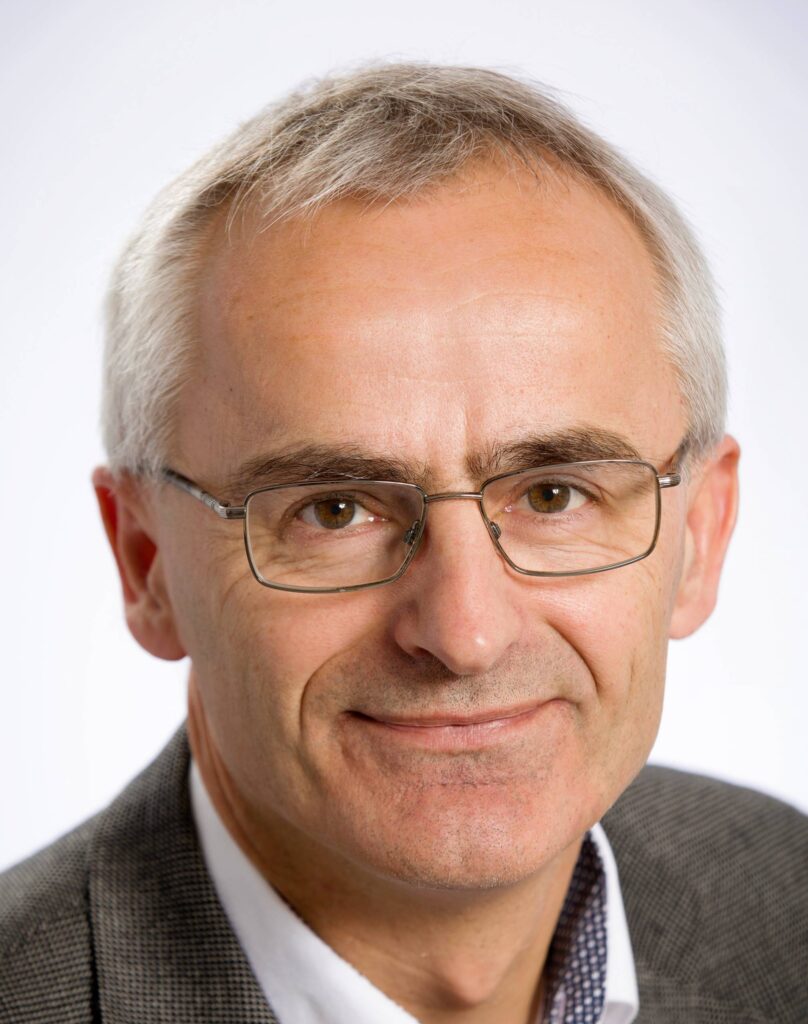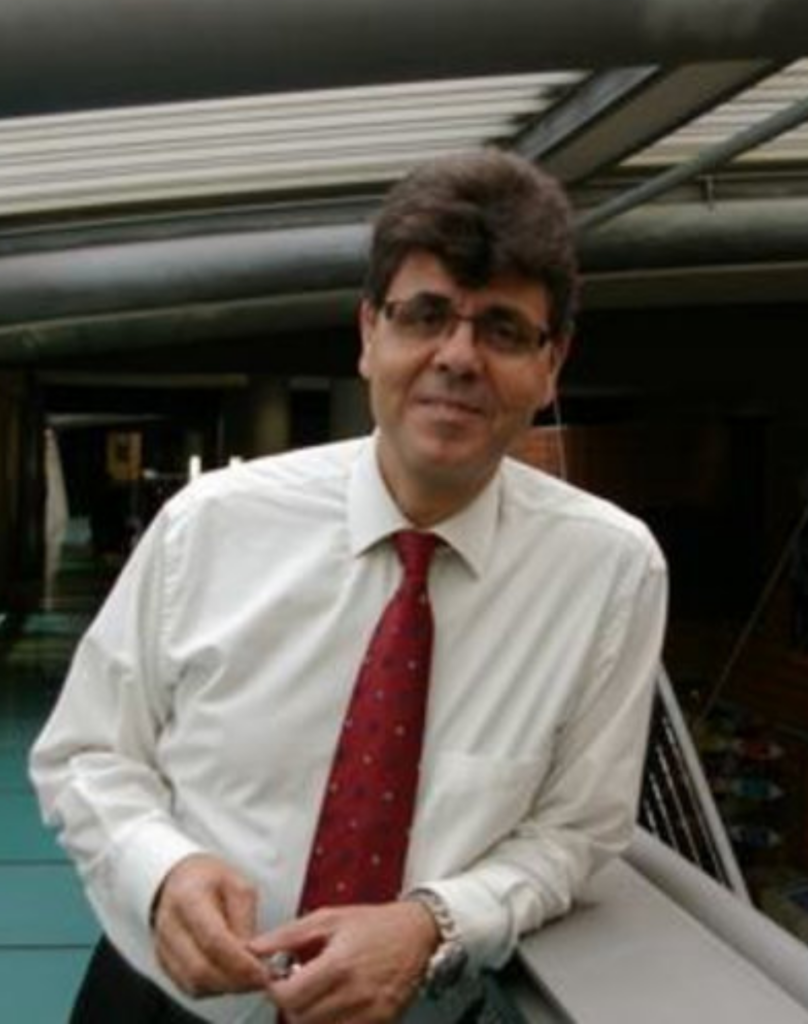
Pr. Frede BLAABJERG
(S’86–M’88–SM’97–F’03) was with ABB-Scandia, Randers, Denmark, from 1987 to 1988. From 1988 to 1992, he got the PhD degree in Electrical Engineering at Aalborg University in 1995. He became an Assistant Professor in 1992, an Associate Professor in 1996, and a Full Professor of power electronics and drives in 1998 at AAU Energy. From 2017 he became a Villum Investigator. He is honoris causa at University Politehnica Timisoara (UPT), Romania in 2017 and Tallinn Technical University (TTU), Estonia in 2018. His current research interests include power electronics and its applications such as in wind turbines, PV systems, reliability, harmonics and adjustable speed drives. He has published more than 600 journal papers in the fields of power electronics and its applications. He is the co-author of four monographs and editor of ten books in power electronics and its applications.
He has received 38 IEEE Prize Paper Awards, the IEEE PELS Distinguished Service Award in 2009, the EPE-
PEMC Council Award in 2010, the IEEE William E. Newell Power Electronics Award 2014, the Villum Kann
Rasmussen Research Award 2014, the Global Energy Prize in 2019 and the 2020 IEEE Edison Medal. He
was the Editor-in-Chief of the IEEE TRANSACTIONS ON POWER ELECTRONICS from 2006 to 2012. He has
been Distinguished Lecturer for the IEEE Power Electronics Society from 2005 to 2007 and for the IEEE
Industry Applications Society from 2010 to 2011 as well as 2017 to 2018. In 2019-2020 he served as a
President of IEEE Power Electronics Society. He has been Vice-President of the Danish Academy of
Technical Sciences. He is nominated in 2014-2021 by Thomson Reuters to be between the most 250 cited
researchers in Engineering in the world.
Power electronics — the key technology for grid integration
The energy paradigms in many countries (e.g., Germany and Denmark) have experienced a significant change from fossil-based resources to clean renewables (e.g., wind turbines and photovoltaics) in the past few decades. The scenario of highly penetrated renewables is going to be further enhanced– Denmark expects to be 100 percent fossil-free by 2050.
Consequently, it is required that the production, distribution and use of the energy should be as technologically efficient as possible and incentives to save energy at the end-user should also be strengthened. In order to realize the transition smoothly and effectively, energy conversion systems, currently based on power electronics technology, will again play an essential role in this energy paradigm shift. Using highly efficient power electronics in power generation, power
transmission/distribution and end-user application, together with advanced control solutions, can pave the way for renewable energies.
In light of this, some of the most emerging renewable energies —, e.g., wind energy and photovoltaic, which by means of power electronics are changing character as a major part in the electricity generation —, are discussed. Issues like technology development, implementation, power converter technologies, control of the systems, and synchronization are addressed.
Special focuses are paid on the future trends in power electronics for those systems like how to lower the cost of energy and to develop emerging power devices and better reliability tool.

Pf. Belkacem OULD BOUAMAMA
is full Professor and head of the research at « Ecole Polytechnique de Lille, France ». His main research areas developed at CRIStAL laboratory CNRS9189 where he leads “PERSI” group, concern Integrated Design for Supervision of System Engineering. Their application domains are mainly intelligent transport, energy, and mechatronic systems. He is the author of more than one hundred international publications in this domain. He is co-author of five books in bond graph modeling and Fault Detection and Isolation area. Research and teaching activities can be consulted at:
https://wikis.univ-lille.fr/ci2s/membres/belkacem-ouldbouamama
Green Hydrogen: Energy for the Future?
Green hydrogen is undoubtedly the most promising energy vector of the future because it is captured by renewable and inexhaustible sources, such as wind and/or solar energy, and can be stored over the long term in high-pressure cylinders by an electrolyzer to then produce electricity by fuel cells or other valorizations (power to X, where X is different transformations) without emitting any pollutants (see figure). However, even if great investments are devoted by European Union Countries, the technology for stationary or automotive applications does not manage to impose itself. This situation is due of scientific and technological issues because of obstacles dues to its production by complex and costly Hybrid multi-source system (HMS) platforms using intermittent sources (overproduction of electricity at certain times but insufficient at others), material cost, energetic efficiency, societal reluctance, …
The plenary talk exposes a scientific result developed and validated in the framework of European and industrial projects.
How is produced green, yellow and black hydrogen? What are main technological and research opened issues (from process, material and ITC aspects) for hydrogen sector?
What is the interest for southern countries in green hydrogen production? Here are the main questions to be discussed during the plenary conference.
